 Turn lanes are some of the most misunderstood traffic lanes. Not many people know how early is too early to get into a turn lane and who has the right of way to it. This is so misunderstood that many car accidents are caused because of the confusion on who has the right of way.
Turn lanes are some of the most misunderstood traffic lanes. Not many people know how early is too early to get into a turn lane and who has the right of way to it. This is so misunderstood that many car accidents are caused because of the confusion on who has the right of way.
Today we will focus on who has the right of way when you turn into the turn lane ahead of other traffic and another car in front of you wants to turn into the turn lane and crashes into you. Who is at fault for this situation?
A number of driving rules come into play in this situation: When can you be in a turn lane? What can you use the turn lane for? Who has the right of way once you establish yourself in the lane?
The law on turn lanes:
RCW 46.61.290(3)(c) Upon a roadway where a center lane has been provided by distinctive pavement markings for the use of vehicles turning left from either direction, no vehicles may turn left from any other lane. A vehicle shall not be driven in this center lane for the purpose of overtaking or passing another vehicle proceeding in the same direction. No vehicle may travel further than three hundred feet within the lane. A signal, either electric or manual, for indicating a left turn movement, shall be made at least one hundred feet before the actual left turn movement is made.
The law on changing lanes:
RCW 46.61.305 (1) No person shall turn a vehicle or move right or left upon a roadway unless and until such movement can be made with reasonable safety nor without giving an appropriate signal in the manner hereinafter provided. (2) A signal of intention to turn or move right or left when required shall be given continuously during not less than the last one hundred feet traveled by the vehicle before turning.
Conclusion:
If you have established yourself in a turn lane by giving proper notice and are within 300 feet of your turn, you have the right to the turn lane as being first established in the lane even though a car in front of you wants to be in the lane as well. The earliest you can change lanes into a turn lane is 300 feet before your turn or the length of a football field. Additionally, just because a car is in front of you doesn’t mean they have the right of way into the turn lane. A car that has fully established itself in the lane legally has the right of way to that lane. A signal of lane change must be made at least 100 feet before the turn to give adequate notice to those around you.
Speeding and illegal lane changes can come into play to say otherwise on this one. If you have been injured in a car accident, contact your Seattle personal injury lawyer today for a free consultation. We are paid out of the settlement making it so anyone can afford to hire us.

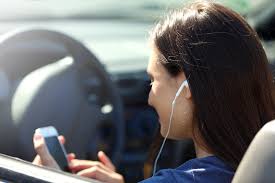 What is somewhat misleading is the fact that you can wear blue tooth enabled headphones and listen to your iphone podcast or music but you cannot wear chorded headphones even though they both function basically the same. I guess the reasoning behind this is that the chord could cause a driving hazard, which could cause a car accident.
What is somewhat misleading is the fact that you can wear blue tooth enabled headphones and listen to your iphone podcast or music but you cannot wear chorded headphones even though they both function basically the same. I guess the reasoning behind this is that the chord could cause a driving hazard, which could cause a car accident.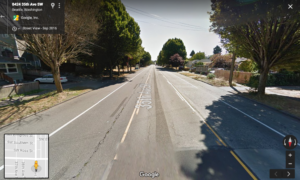 How far can you go in a turn lane to make a turn? If you are planning on taking a left turn into a business in a turn lane, you cannot use this lane unless the business you are turning into is less than 300 feet away or about the length of a football field. This is not very far.
How far can you go in a turn lane to make a turn? If you are planning on taking a left turn into a business in a turn lane, you cannot use this lane unless the business you are turning into is less than 300 feet away or about the length of a football field. This is not very far.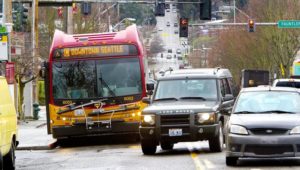 Actually, buses do have more rights than other cars. When a bus signals it is re-entering the flow of traffic from a stop, the drivers behind the bus going the same direction must yield to the bus re-entering traffic. This does not mean that a bus has the right of way to move over into your lane of travel and move wherever they want. This code applies to re-entering the flow of traffic not moving around the flow of traffic.
Actually, buses do have more rights than other cars. When a bus signals it is re-entering the flow of traffic from a stop, the drivers behind the bus going the same direction must yield to the bus re-entering traffic. This does not mean that a bus has the right of way to move over into your lane of travel and move wherever they want. This code applies to re-entering the flow of traffic not moving around the flow of traffic.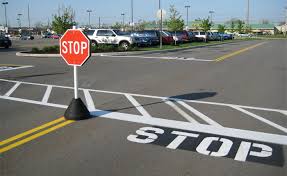 What if you run a stop sign and cause a car accident in a mall or private parking lot? If you get into an accident by running a stop sign in a mall, it is grounds for liability. This means if you ran a stop sign in the mall, another person would reasonably believe that you were going to stop. If they had the right of way, you are at fault for running the stop sign.
What if you run a stop sign and cause a car accident in a mall or private parking lot? If you get into an accident by running a stop sign in a mall, it is grounds for liability. This means if you ran a stop sign in the mall, another person would reasonably believe that you were going to stop. If they had the right of way, you are at fault for running the stop sign.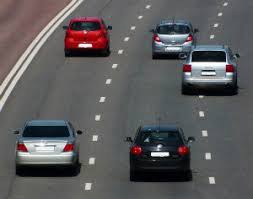 Failure to signal is a big danger to those around you and yourself. When someone fails to signal, they are basically saying F*** you to everyone around them and that you don’t matter. People who do not signal are endangering themselves and those around them by not allowing others to know what you are about to do. If you are going through an intersection and then all of a sudden slam on your brakes to make a turn without signaling, you are increasing the chances that someone behind you is going to slam into your back and cause a car accident.
Failure to signal is a big danger to those around you and yourself. When someone fails to signal, they are basically saying F*** you to everyone around them and that you don’t matter. People who do not signal are endangering themselves and those around them by not allowing others to know what you are about to do. If you are going through an intersection and then all of a sudden slam on your brakes to make a turn without signaling, you are increasing the chances that someone behind you is going to slam into your back and cause a car accident. Seattle is becoming notorious for not filling potholes in quickly enough. I am sure you will encounter a pothole on the next drive you take after reading this blog. Whether it is because the city has too many potholes to deal with, they are lazy, or they don’t have time to get to them, the city is responsible for filling pot holes and making sure people are safe on the roads.
Seattle is becoming notorious for not filling potholes in quickly enough. I am sure you will encounter a pothole on the next drive you take after reading this blog. Whether it is because the city has too many potholes to deal with, they are lazy, or they don’t have time to get to them, the city is responsible for filling pot holes and making sure people are safe on the roads.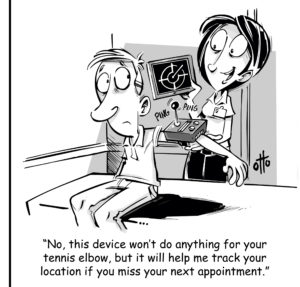 If you wait too long to get treatment, the insurance company may have a good argument for denying the treatment – to a certain degree. This is because there is law in Washington State that requires a victim of a car accident injury case to get treatment within a reasonable amount of time as a reasonable person would so as to not make their injuries worse. However, this does not mean that the insurance company is completely off the hook for covering these medical bills but it does mean that it may be reduced to a certain degree.
If you wait too long to get treatment, the insurance company may have a good argument for denying the treatment – to a certain degree. This is because there is law in Washington State that requires a victim of a car accident injury case to get treatment within a reasonable amount of time as a reasonable person would so as to not make their injuries worse. However, this does not mean that the insurance company is completely off the hook for covering these medical bills but it does mean that it may be reduced to a certain degree.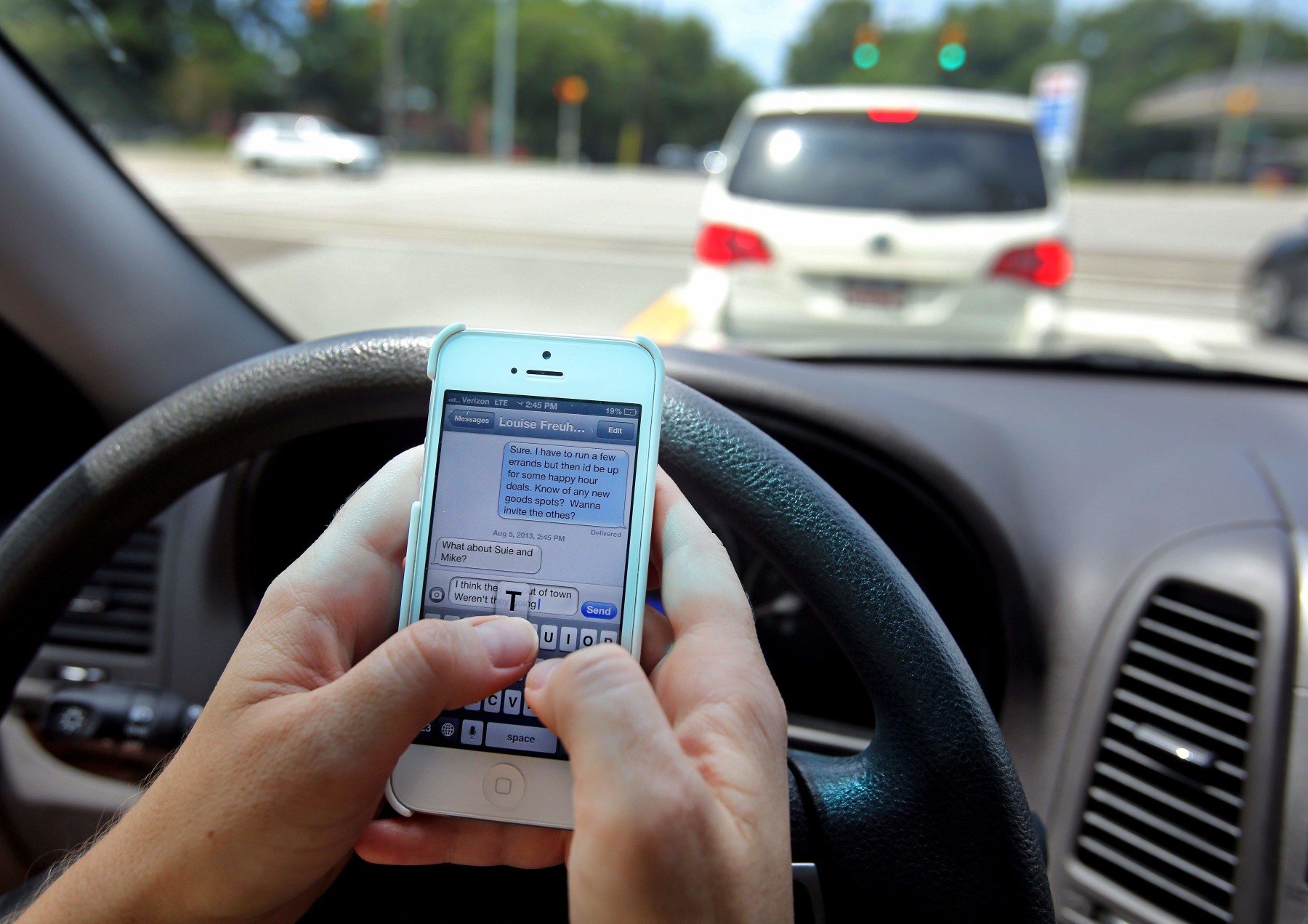 The eating and drinking part of the law has created a lot of hoopla because news media outlets have misleading posted screen shots of the law stating eating and drinking is now illegal without also indicating it is actually a secondary offense in addition to another traffic fine.
The eating and drinking part of the law has created a lot of hoopla because news media outlets have misleading posted screen shots of the law stating eating and drinking is now illegal without also indicating it is actually a secondary offense in addition to another traffic fine.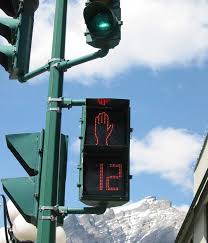 Can a pedestrian cross the street in Seattle with a blinking or steady don’t walk sign or hand?
Can a pedestrian cross the street in Seattle with a blinking or steady don’t walk sign or hand?